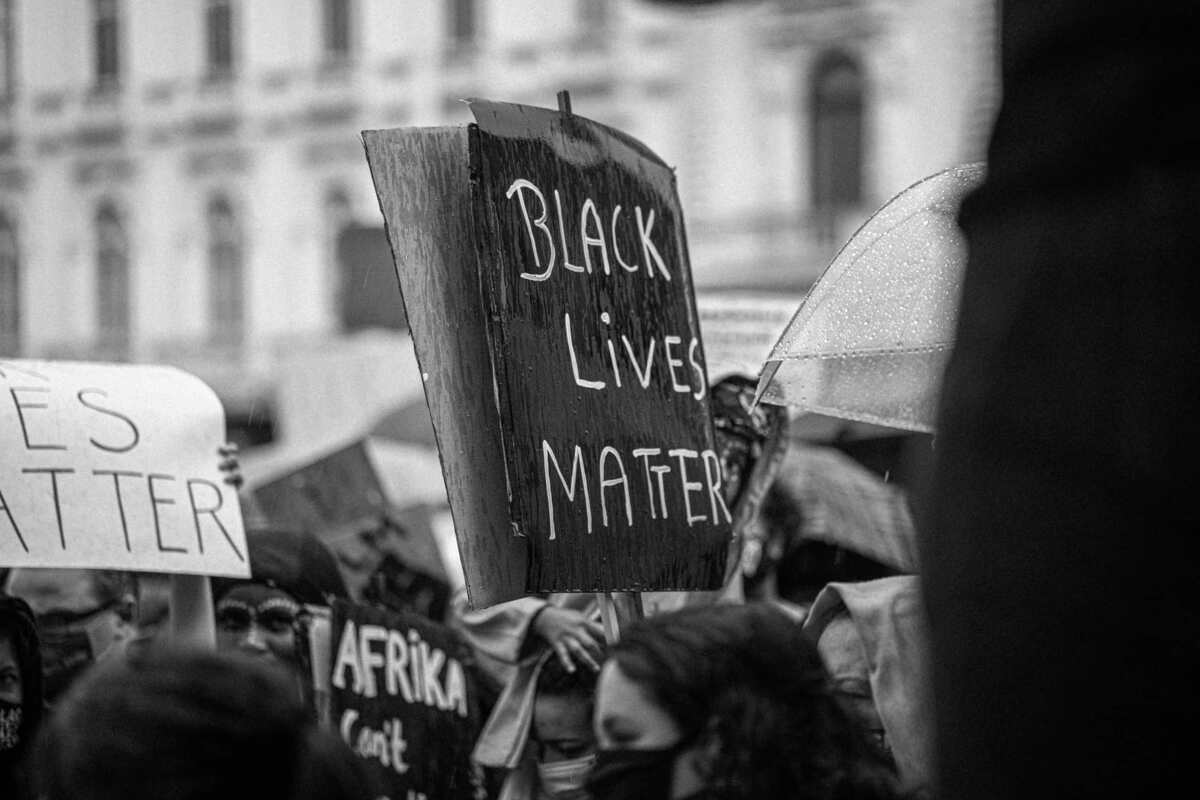
By Janice Pole Sebagenzi
Africville
Ever heard of Africville? If not, you are certainly not the only one. Africville was one of the many acts of racism faced by black Canadians that was forgotten in our history. It was a black community in Nova Scotia that was entirely bulldozed by the city of Halifax in the 1960s.
Located in the north of Halifax, on the shore of Bedford Basin, Africville was founded in the 1830s by freed slaved from the Unites States, Canada, and Jamaica. It became a prosperous seaside community and a haven from the racism black Haligonians faced. Residents were self-sufficient: they had their own school, a church, small businesses, and above all they were proud to own their homes. Unfortunately, as time went by, Africville began to deteriorate. Indeed, even though the residents paid their taxes, they lacked many essential services that their white counterparts enjoyed, such as clean running water, sewer pipes, garbage disposal, and paved roads. They also did not have access to public transportation, recreational facilities, and police “protection”.
To add insult to injury, the city would often build undesirable services in or around Africville such as a slaughterhouse, a prison, an open dump, and an infectious disease hospital. This phenomenon can be referred as environmental racism, which is the way in which “low-income or minority groups neighborhood are burdened with a disproportional number of health hazards”. Needless to say, that all these decisions were made without the approval of the community nor a shred of concern for their health and safety. This further fed the narrative that Africville was slum.
Consequently, in the 1960s, the city of Halifax, decided to acquire the land and demolish every house in the name of urban renewal, which was a common practice in the 50s & 60s aimed to clear out slums for new development projects. The living conditions in Africville were used as an excuse to remove its residents even though the city could have solved most of the problems. Hundreds of black Haligonians saw their entire lives being uprooted overnight without their consent and with poor compensation. Many had to start from scratch or go into public housing, which had long lasting socioeconomic effects on future generations. It took up until 2010, for the city to recognize its wrongdoings and apologize to former Africville residents and their descendants. The church was rebuilt and serves as a museum but up to this day, only a bridge and a park stand on what used to be the tight knit community of Africville.
Hogan’s Alley
Sadly, across the country, history repeated itself as another black community in Vancouver, British Columbia, faced the same fate. In the early 1900s, as the first black immigrants left the United States to escape the pervasive racism, they made their homes in what was called “Hogan’s Alley”. Situated in the Strathcona neighborhood, Hogan’s Alley, was a vibrant cultural hub for Vancouver’s black community. It was comprised of the only black church of the city and filled with jazz musicians and thriving businesses. The most notable one being Nora Hendrix, rock legend Jimi Hendrix’s grandmother’s, restaurant “Vie’s Chicken & Steaks”. Much like in Halifax, Hogans’ Alley was a haven for black Vancouverites facing discrimination.
Throughout the years, this working-class neighborhood faced various demolishment attempts by the city through zoning laws. Hogan’s Alley was also portrayed as a “den of squalor, immorality and crime”. Therefore, in the 1960s, the neighborhood was also destroyed in the name of urban renewal to make space this time for a freeway. Once again, black Canadians were forcibly removed from their homes and unfortunately, Hogan’s Alley is known to have been the first and only black neighborhood of Vancouver. Today, a viaduct stands in its place, which is set to be replaced by parks and housing.
I can’t help but wonder what would have happened to these black communities if they were given the proper tools to thrive and prosper instead of being discarded.
What happened to Africville and Hogan’s Alley, illustrates how we must be cautious of Canada’s polished history. Although Canada prides itself of its multiculturalism, anti-black racism continues to exist, and we must not forget the past and keep fighting so that history stops repeating itself.
Educate yourself and take action against BIPOCs’ discrimination: https://blacklivesmatter-canada.carrd.co/

Janice Pole Sebagenzi
Writer
Originally from Rwanda, the land of a thousand hills, Janice is a writer living in Gatineau and a law student at the University of Ottawa, where she is involved in various associations. Passionate about music, travel and writing, she is particularly interested in social justice issues. Her articles aim to denounce and educate. She would like to pursue a career in international law to combine her interest in law with her desire to learn other languages.
Images credits:
Featured image – Instagram: @zaravisuals





